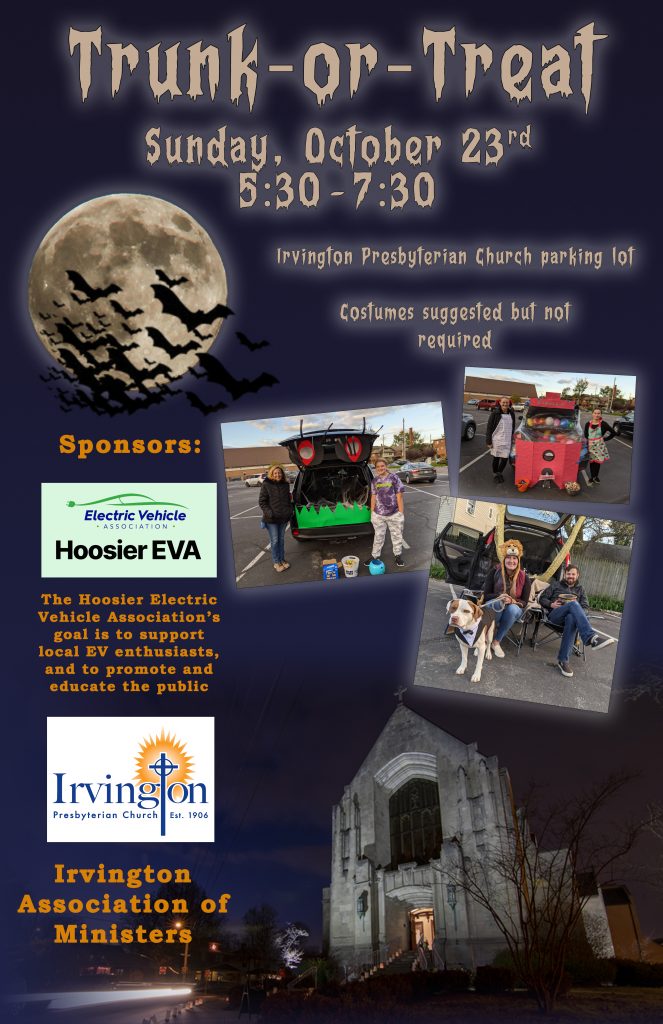


In March 2022, the Indiana Department of Transportation (INDOT) started a process to plan how the state will spend $100 million in funds allocated for a new public network of Level 3 DC Fast Charge charging stations across the state. Hoosier EVA joined with Solar United Neighbors (SUN), a nonprofit dedicated to helping Hoosiers build a clean, just, and equitable energy system, to submit the following comments in response to INDOT’s initial request for information that will inform their plan on April 29, 2022.
RFI Response:
Thank you for this opportunity to provide public input on the Indiana Department of Transportation’s (INDOT) plans for the development of electric vehicle (EV) charging networks within the State of Indiana. On behalf of Solar United Neighbors (SUN), Hoosier Electric Vehicle Association (Hoosier EVA), and more than 4,500 supporters of our two organizations around the state, we are writing to ensure that current and future EV owners who will benefit from this foundational infrastructure investment have a voice in the planning process.
As EV owners and supporters, we wish to provide the following principles for your consideration in the development of our State’s broad EV charging infrastructure plan and in the specific deployment of National Electric Vehicle Infrastructure Formula Program funds available from the Bipartisan Infrastructure Law:
- Charging locations should have adequate space and the underlying infrastructure to meet future demand by adding capacity and / or adopting new technologies as EV charging evolves and the EV market continues to grow.Thank you again for the opportunity to provide public input into this critical process for planning Indiana’s transportation future. We look forward to further participation in the public input process as appropriate.
Sincerely,
Indiana Program Director Solar United Neighbors | Hoosier Electric Vehicle Association |
Join Hoosier EVA members to celebrate Earth Day and to commemorate the installation of 465 level 2 charging stations around the Indianapolis downtown area in 2015!
The 2021 Drive Electric Earth Day Indianapolis event will include a parade around Monument Circle and opportunities to (safely) connect with other EV enthusiasts and interested community members. Due to COVID-19 restrictions, we will not be providing any car rides and will ask for all attendees to wear a mask and maintain a safe distance. This event will take the place of our regular April meetup.
Day: Saturday, April 24, 2021
Time: 12:00 pm – 4:00 pm
Location: Monument Circle (1 Monument Circle, Indianapolis, IN 46204)
Parade around Monument Circle at noon, followed by opportunities for safe socializing